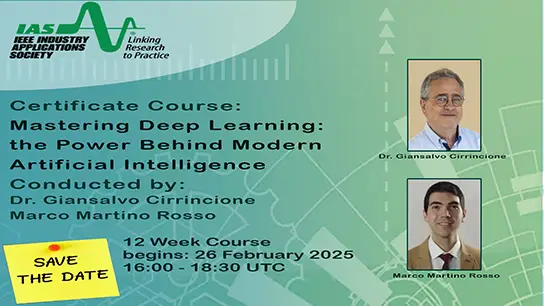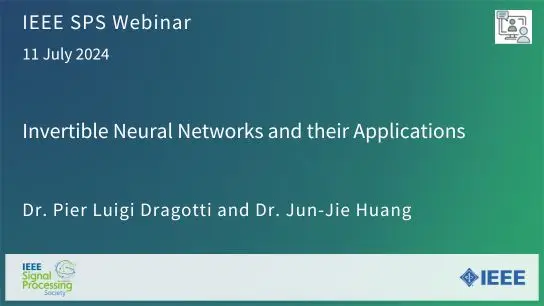Towards Interpreting Deep Learning Models to Understand Loss of Speech Intelligibility in Speech Disorders Step 2: Contribution of the emergence of phonetic traits
Sondes Abderrazek, Corinne Fredouille, Alain Ghio, Muriel Lalain, Christine Meunier, Virginie Woisard
-
Members: FreeSPS
IEEE Members: $11.00
Non-members: $15.00Length: 00:15:49
10 May 2022
Apart from the impressive performance it has achieved in several tasks, one of the most important factors remaining for the continuous progress of deep learning is the increased work related to interpretability, especially in a medical context. In recent work, we presented competitive performance achieved with a CNN-based model trained on normal speech for the French phone classification and how it correlates well with different perceptual measures when exposed to disordered speech. This paper extends that work by focusing on interpretability. Here, the goal is to get insights into the way in which neural representations shape the final task of phone classification so that it can be used further to explain the loss of intelligibility in disordered speech. In this way, an original framework is proposed, relying firstly on the neural activity and a novel representation per neuron, here considering the phone classification, and, secondly, permitting to identify a set of neurons devoted to the detection of specific phonetic traits on normal speech. Faced to disordered speech, a degradation of that set of neurons is observed, demonstrating a loss of specific phonetic traits in some patients involved, and the potentiality of the proposed approaches to inform about speech alteration.



